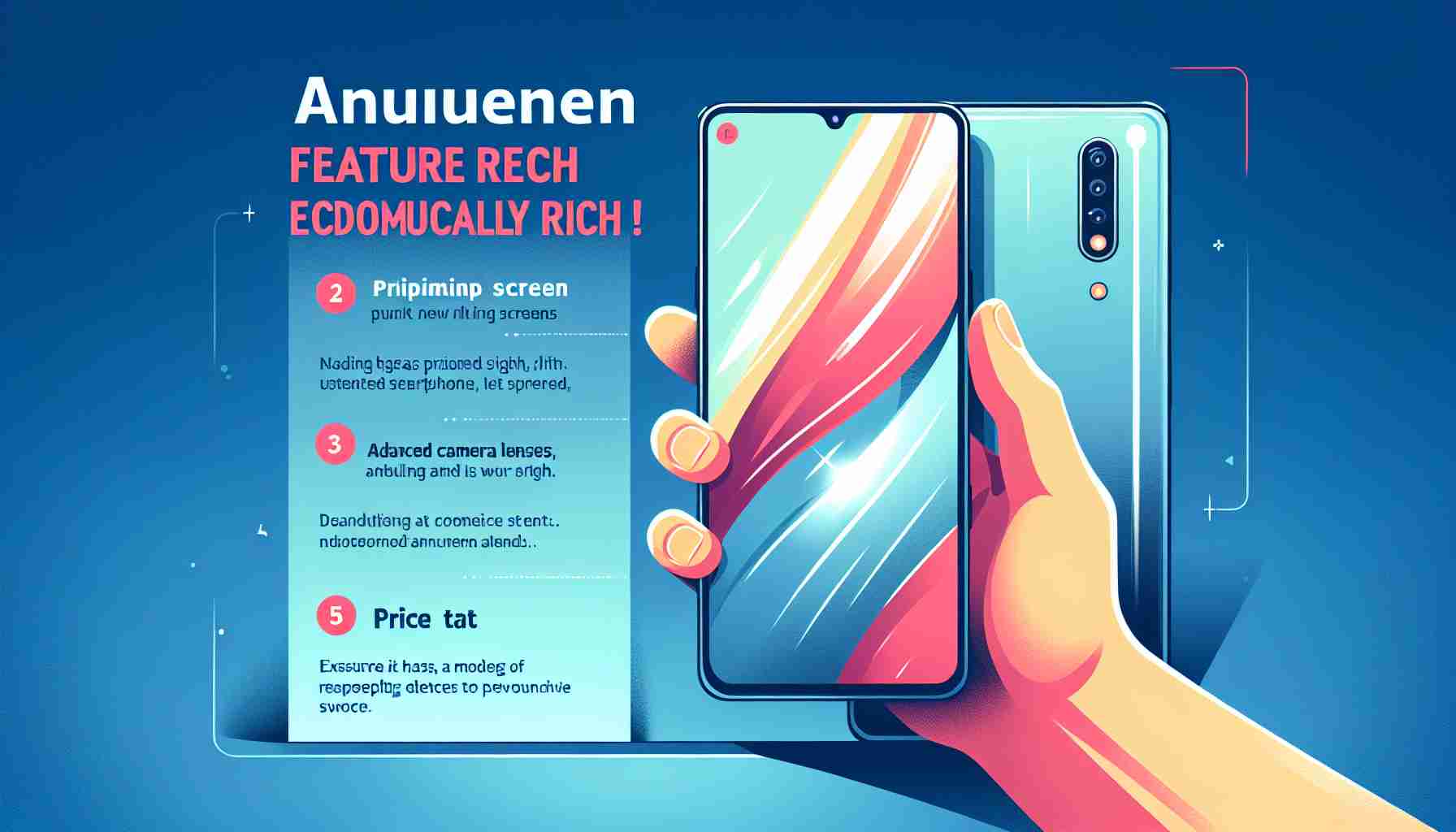Google has entered the arena with a new contender, the Pixel 8a, blending affordability with a luxurious suite of features for those who covet a high-end Android experience without breaking the bank. Starting at a favorable $499, the Pixel 8a is a striking option for budget-minded consumers, presenting an excellent smartphone experience.
Strategic Specifications for Budget-Friendly Premiums
The Pixel 8a tries to strike the right balance between affordability and premium attributes by offering considerable storage capacities, ranging from 128GB to 256GB. This carefully calibrated move empowers the Pixel 8a to offer an accessible price while still meeting the growing demands for comprehensive Android functionality.
Essential Features Without Compromise
The device doesn’t compromise on critical features, boasting an Actua OLED display that glides with a refresh rate of up to 120Hz. At the heart of the Pixel 8a lies the Google Tensor G3 processor, which furnishes the device with significant computational power. The camera setup is impressive as well, with a 64MP rear camera capable of capturing sharp, high-quality images. Durability is also a cornerstone of the Pixel 8a’s design, as evidenced by its IP67 rating for dust and water resistance.
Value Meets Performance in Google’s Pixel 8a
Google aims to deliver high-quality technology that’s financially accessible through the Pixel 8a. This device is an ideal fit for those shifting from other smartphone environments or looking for an upgrade, balancing cost with innovative features.
Navigating through a market bustling with alternatives, Google’s Pixel 8a fills the void between luxury and bargain smartphones. It stands as a testimony to the company’s commitment to innovation without economic burden. However, the challenge lies in distinguishing itself in markets dominated by budget-friendly offerings from other manufacturers.
The Mid-Range Smartphone Dilemma: Pixel 8a in Focus
When assessing the Pixel 8a, potential users should ponder over the device’s software support and updates, competition, camera quality, and battery life. These factors will be pivotal in judging the phone’s value proposition against competitors.
Issues such as sustainability, repairability, and consumer switching costs could be seen as hurdles for the Pixel 8a. However, advantages like the Google Tensor Processor, guaranteed updates, camera quality, and a stock Android experience will likely appeal to many users. Conversely, fierce market competition and possible hardware limitations pose as potential disadvantages.
For a comprehensive understanding of the Pixel 8a and other Google products, interested consumers should explore Google’s main website.
Most Important Questions and Answers
1. What makes the Google Pixel 8a stand out in the crowded mid-range market?
The Google Pixel 8a distinguishes itself with its focus on high-quality features like the Actua OLED display with a 120Hz refresh rate, Google Tensor G3 processor, and a sophisticated 64MP camera, all while maintaining a competitive price.
2. How does Google ensure software support and updates for the Pixel 8a?
Google is known for providing timely software updates and security patches for its Pixel devices. The Pixel 8a will likely receive Android updates for at least three years from the date of release, helping to keep the phone secure and up-to-date with the latest features.
3. What are the potential challenges for Pixel 8a in gaining market share?
The Pixel 8a faces challenges such as competition from other brands offering feature-rich smartphones at similar or lower price points, as well as convincing users to switch from their current brands, especially in regions where Google has a smaller market presence.
Key Challenges and Controversies
– Sustainability and Repairability: Consumers are increasingly aware of the environmental impact of smartphones. Google will need to address how the Pixel 8a is designed in terms of sustainability and ease of repair to reduce e-waste.
– Consumer Switching Costs: People invested in other ecosystems (like iOS or other Android manufacturers) may find it costly or inconvenient to switch to the Pixel 8a, both financially and in terms of time spent transferring data and learning a new system.
– Hardware Limitations: Though economically priced, some users might find potential hardware limitations in performance or feature set compared to high-end phones, which could affect the consumer decision process.
Advantages and Disadvantages
Advantages:
– Affordable Price: The Pixel 8a’s $499 starting price makes it accessible while offering premium features.
– Quality Camera: The 64MP rear camera and Google’s image processing can deliver high-quality photos.
– Pure Android Experience: Stock Android with regular updates provides a clean, user-friendly interface.
Disadvantages:
– Market Competition: Other manufacturers already have established customer bases and could offer devices with similar or superior specifications at competitive prices.
– Brand Loyalty: Overcoming brand loyalty to other smartphone OEMs may be challenging, especially for those deeply entrenched in ecosystems such as Apple’s.
For more information on the Pixel 8a and to stay updated on Google’s offerings, interested consumers should visit Google’s official website. If you are looking to learn more about the company and its latest news, clicking on this link will take you to the Google homepage.
The source of the article is from the blog qhubo.com.ni
